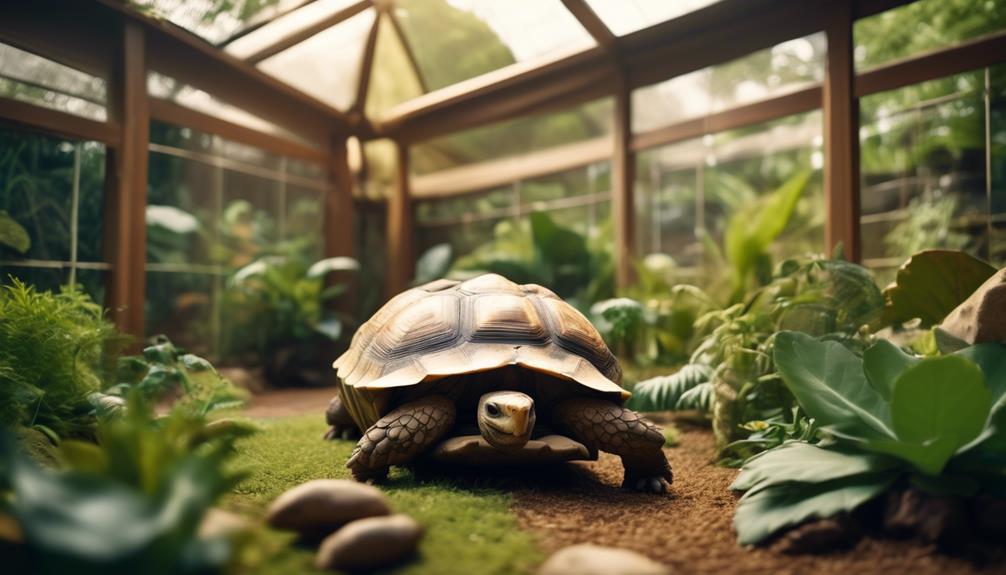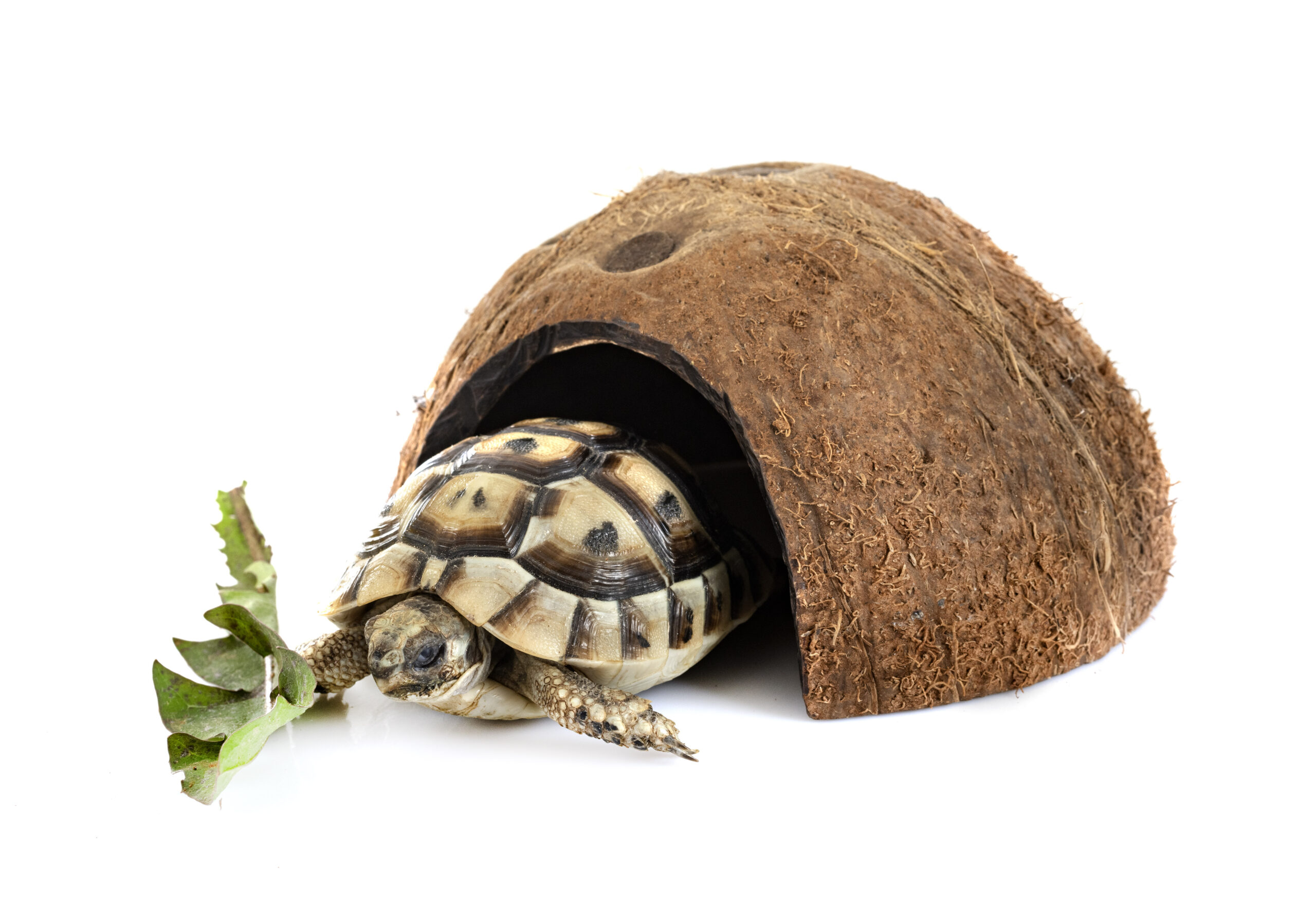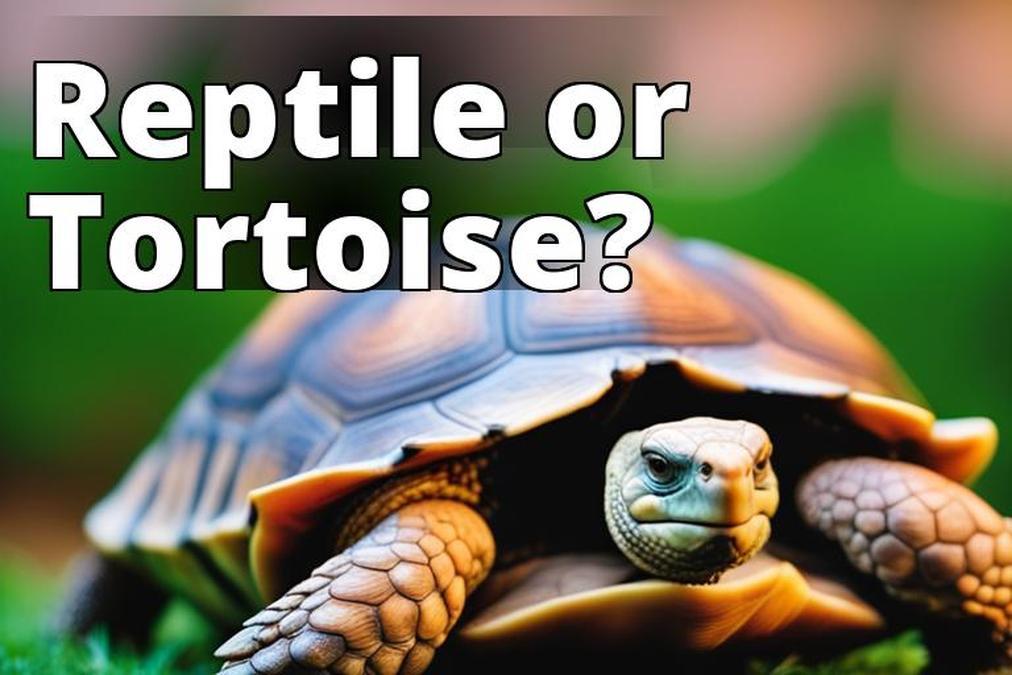Are you fascinated by the sea turtle? If so, you are not alone. These amazing creatures have been around for millions of years and have evolved to live in a variety of ocean environments. As an expert in marine biology, I have studied sea turtles extensively and have discovered fascinating details about their anatomy, life cycle, habitat, feeding habits, and threats facing them. Join me as we explore the world of sea turtles and discover what makes them such an incredible species.
The Majestic Sea Turtle: A Fascinating Creature of the Ocean
- Introduces the sea turtle as a majestic ocean dweller with unique anatomy and physical adaptations.
- Discusses the life cycle, habitat, feeding habits, and conservation efforts for sea turtles.
- Provides fun facts about sea turtles to leave readers in awe.
Sea turtles, including the green, hawksbill, loggerhead, Kemp’s ridley, olive ridley, flatback, and leatherback, are reptiles that live in the ocean. They are known for their streamlined bodies, large flippers, and hard shells that protect them from predators. There are seven species of sea turtles, each with unique physical characteristics that help them survive in their respective ocean environments.

Anatomy and Physical Adaptations of Sea Turtles
Sea turtles have unique physical adaptations that help them survive in the ocean. Their large flippers allow them to swim through the water with ease, and their streamlined bodies reduce drag, making them faster swimmers. Sea turtles have hard shells that protect them from predators, and their eyes are adapted to see well in low light conditions.
One of the most interesting physical adaptations of sea turtles is their ability to hold their breath for extended periods. Sea turtles can stay underwater for up to five hours, depending on the species. They have a unique way of breathing, where they take a breath and then store the oxygen in their lungs and tissues. This allows them to conserve oxygen and stay underwater for longer periods.
The Life Cycle of Sea Turtles: From Egg to Adult
The life cycle of a sea turtle is a remarkable journey that spans decades. Female sea turtles return to the same beach where they were born to lay their eggs. They dig a hole in the sand and lay their eggs, burying them to protect them from predators. The eggs incubate for around two months, and then the hatchlings emerge from the sand and make their way to the ocean.
Once in the ocean, the hatchlings face many challenges, including predators and finding food. They spend the next few years drifting with ocean currents, feeding on plankton and small organisms. As they grow older, they move to coastal waters and feed on seagrasses, algae, and other marine plants.
Sea turtles reach sexual maturity at different ages, depending on the species. Some species can take up to 30 years to mature, and others can mature in as little as 5 years. Once they reach sexual maturity, they return to their nesting beaches to mate and lay their eggs, starting the life cycle over again.
Habitat and Distribution: Where Can You Find Sea Turtles?
Sea turtles are found in all the warm and temperate waters of the world’s oceans. They are most commonly found near coastal areas, where they feed on seagrasses, algae, and other marine plants. Some species of sea turtles migrate long distances each year to reach their nesting beaches and feeding grounds.
The habitat and distribution of sea turtles are affected by many factors, including climate change, ocean pollution, and habitat destruction. These factors have led to a decline in sea turtle populations worldwide, making conservation efforts critical to their survival.
Feeding Habits of Sea Turtles: What Do They Eat?
Sea turtles are primarily herbivores, feeding on seagrasses, algae, and other marine plants. Some species of sea turtles also eat jellyfish, crabs, and other small organisms. They have a unique way of feeding, where they use their strong jaws to tear off pieces of their food and then swallow it whole.
Sea turtles play an important role in maintaining the health of marine ecosystems. They help to control the growth of seagrass and algae, which can become overgrown and harm other marine life. Without sea turtles, these important marine plants could be lost, leading to a decline in biodiversity.
Threats Facing Sea Turtles: Conservation Efforts and Challenges
Sea turtles face many threats that have led to a decline in their populations worldwide. These threats include habitat loss, pollution, climate change, and overfishing. Many countries have implemented conservation efforts to protect sea turtles, including laws that prohibit the harvesting of sea turtle eggs and meat.
Conservation efforts have been successful in some areas, but there are still many challenges that need to be addressed. The illegal trade in sea turtle products is a major challenge, with poachers killing sea turtles for their meat and shells. Climate change is also a significant threat, with rising sea levels and ocean temperatures affecting the nesting beaches and feeding grounds of sea turtles.
Overfishing is another major threat facing sea turtles. Sea turtles are often caught in fishing nets and lines, leading to injury or death. They are also at risk of ingesting plastic debris, which can cause blockages in their digestive systems.
| Species | Threats |
|---|---|
| Green sea turtle | Habitat loss, pollution, overfishing, climate change, entanglement in fishing gear |
| Hawksbill sea turtle | Hunting for its shell, habitat loss, pollution, overfishing, climate change, entanglement in fishing gear |
| Loggerhead sea turtle | Habitat loss, pollution, overfishing, climate change, entanglement in fishing gear |
| Kemp’s ridley sea turtle | Habitat loss, pollution, overfishing, climate change, entanglement in fishing gear |
| Olive ridley sea turtle | Habitat loss, pollution, overfishing, climate change, entanglement in fishing gear |
| Flatback sea turtle | Habitat loss, pollution, overfishing, climate change, entanglement in fishing gear |
| Leatherback sea turtle | Habitat loss, pollution, overfishing, climate change, entanglement in fishing gear |
A Personal Encounter with a Majestic Sea Turtle
During my recent snorkeling trip to Hawaii, I had the opportunity to swim with a green sea turtle named Samantha. Samantha was a majestic creature with a beautiful shell and gentle eyes. She swam gracefully and effortlessly, and I was in awe of her beauty.
As I followed Samantha, I noticed that she was eating seaweed from the coral reef. I learned from the tour guide that sea turtles are herbivores and feed on sea grasses, algae, and seaweed. It was fascinating to watch Samantha use her strong jaws to rip off pieces of seaweed and chew it.
However, my joy was short-lived as I learned about the threats facing sea turtles. Our guide informed us that plastic pollution, fishing, and hunting were some of the biggest challenges facing sea turtles. I was shocked to learn that only one in one thousand sea turtles survives to adulthood.
My encounter with Samantha was a humbling and eye-opening experience. It made me realize that we need to work harder to protect these magnificent creatures and their habitats.
Specific Threats Facing Each Species of Sea Turtle
While all sea turtles face similar threats, each species faces unique challenges. For example, the hawksbill sea turtle is hunted for its shell, which is used in the production of jewelry and other decorative items. The olive ridley sea turtle is often caught in fishing nets, while the Kemp’s ridley sea turtle has suffered habitat loss due to the construction of seawalls and other coastal developments.
Impacts of Sea Turtle Populations on Other Marine Life
Sea turtles play an important role in maintaining the health of marine ecosystems. By controlling the growth of seagrass and algae, they help to create a healthy environment for other marine life. They are also an important food source for predators such as sharks and crocodiles.

Conservation Efforts and Successes
Conservation efforts have been successful in some areas, with sea turtle populations rebounding in certain regions. For example, the nesting population of loggerhead sea turtles in Florida has increased by over 50% in the past 30 years. In Costa Rica, conservation efforts have led to a significant increase in the number of leatherback sea turtle nests.
However, there is still much work to be done to protect sea turtles worldwide. Illegal poaching, habitat loss, pollution, and overfishing continue to threaten sea turtle populations. By supporting conservation efforts and making small changes in our daily lives, we can help to protect these majestic creatures for generations to come.
Conclusion
Sea turtles are fascinating creatures that play an important role in maintaining the health of marine ecosystems. Their unique physical adaptations, life cycle, habitat, feeding habits, and threats facing them make them an interesting subject for study and conservation efforts. By working together to protect sea turtles, we can ensure that these majestic creatures will continue to thrive in the ocean for generations to come.







